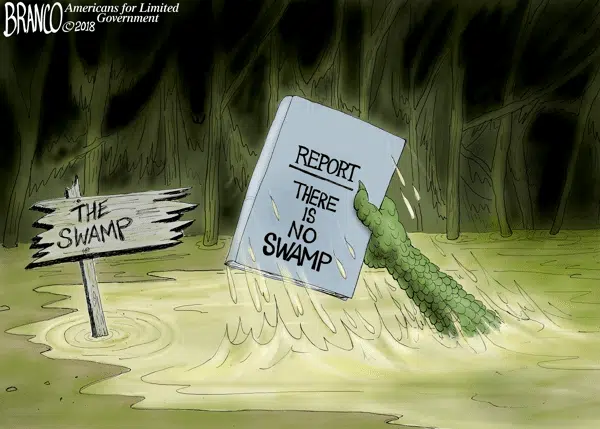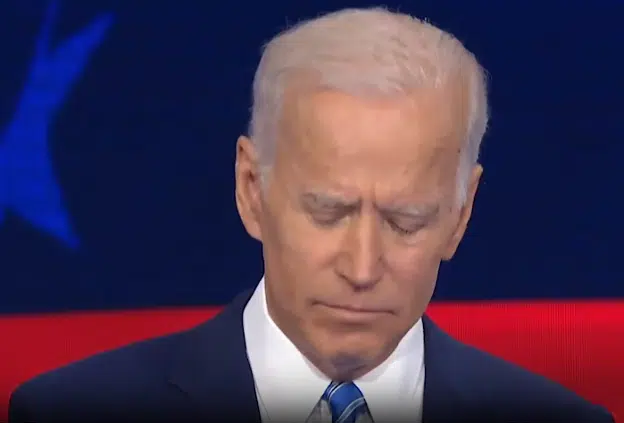By Rebekah Rast – On Sept. 13, 2010, six pilot schools began instructing students in grades Kindergarten through 12 at the Robert F. Kennedy Community Schools in Los Angeles.
The difference between this public school and most other public schools is the Robert F. Kennedy Community Schools cost $578 million to build. With art-covered walls, a marble memorial depicting the school’s name sake, a state-of-the-art swimming pool and public park, it’s no wonder this school came with a huge price tag.
So then, with $1 out of every $4 of taxpayer money going to fund education, constructing the newest Taj Mahal for a public school, is no big deal for California. The state must have the money.
Apparently it doesn’t according to hundreds of teachers now protesting at the state Capitol. The California Teachers Association has named the weeklong protests a “State of Emergency.”
The California deficit now stands at $15.4 billion after Gov. Jerry Brown and Democratic lawmakers cut spending and transferred money between government accounts. But various increases in taxes like the sales, personal income and vehicle tax are expected to expire June 30. The California Teachers Association and the California Federation of Teachers worry the loss of state revenue will affect their jobs and various education programs.
The Huffington Post quotes Doug Nielson, a government and economics teacher at Coalinga High School, as saying, “If we stick to our ideologies, our children are going to suffer. When somebody says well, extending these taxes is a tax increase, you’ve got a mindset there that says the dollars are more important than the kids. And they can’t be. We can’t afford to do that. You can’t have first-class teaching on a Third World budget.”
The Third World budget California has to work with has done nothing but increase from $45,603,379,048 in fiscal year 2003-04 to $55,601,177,318 in fiscal year 2007-08. A 22 percent increase — and that’s excluding Capital Expenditures.
Despite California’s budget-cut talks, education spending as a whole has not taken a hit at all. But if teachers are receiving layoff notices and if schools are cutting art, music and physical education programs, where is all the money going?
You really don’t have to look farther than Los Angeles’ Taj Mahal of schools to find that answer.
“If you look at what is spent in each district overall, you have more spending per child in the public school system than in private schools, says Adam B. Schaeffer, Cato Institute’s policy analyst for the Center for Educational Freedom. “You can have a lot of money and waste a lot of money.”
This is why California Republicans are holding out on extending the tax increases. California Republican Senator Tony Strickland said one of his goals is to maximize classroom dollars by cutting education bureaucracy and other government waste.
How much money is actually getting to the classroom?
According to An Analysis of K-12 Education Expenditures in California, direct classroom expenditures statewide went from 59 percent of Total Expenditures (excluding Capital Expenditures) in FY 2003-04 to 57.8 percent of Total Expenditures (excluding Capital Expenditures) in FY 2008-09.
The study defines direct classroom expenditures as total certificated teacher salaries and estimated benefits, total instructional aide salaries and estimated benefits, textbooks and books and materials and supplies.
And the other 40-plus percent of the money?
The San Diego Union Tribune ran an article highlighting South County schools Superintendent Jesus Gandara’s fiscal irresponsibility. He receives an $800-a-month allowance for expenses in addition to his $250,000 salary, but in over three years, Gandara billed $11,500 to his district credit card for 303 meals, according to documents obtained under the California Public Records Act.
“This is taxpayer money that should go towards educating students in the classroom,” says Bill Wilson, president of Americans for Limited Government. “This is the kind of waste and fraud that is easy to hide within the system.”
Though not every superintendent lives as large as Jesus Gandara, the money he spends wining and dining board members, community leaders and parents is money out of the school district’s funds.
Cato Institute’s Schaeffer adds, “The public education system is not very transparent and the argument is easy and one they often win. Teachers unions say they are out of money so people give them more money and that money is easy to hide.”
As teachers, represented by their unions, continue to flood the state Capitol of California and petition for higher taxes, they should start with their own school districts and school boards to make sure money actually makes it to the classrooms.
After all, it’s the children who come first, right? At least that is what the teachers are saying who took the week off to protest at the Capitol.
Rebekah Rast is a contributing editor at Americans for Limited Government (ALG). You can follow her on Twitter at @RebekahRast.






